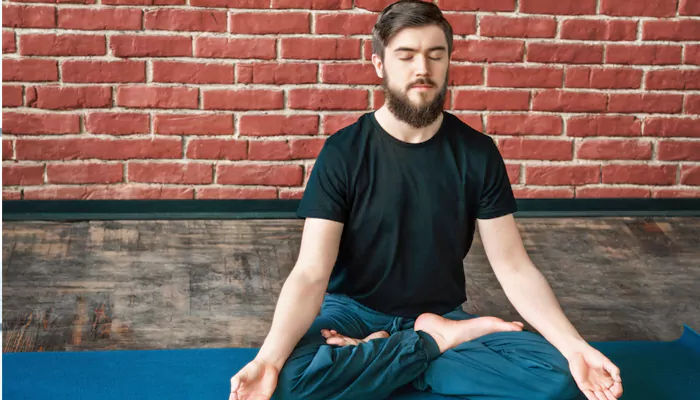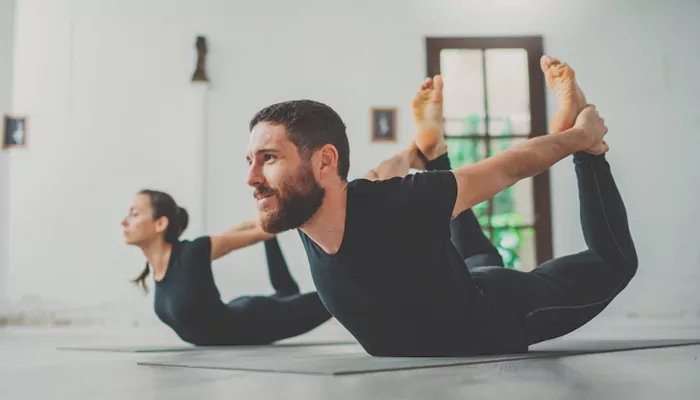Which Exercise Is Made For You? The Difference Between Yoga, Pilates, And Stretching
- Admin
- 1 year ago
- 3 minutes read

Explore the differences between yoga, Pilates, and stretching to discover which exercise aligns best with your goals and preferences.
When it comes to fitness and wellness, there exists a myriad of exercise options. Each has its own unique benefits and practices. Among the popular choices are yoga, Pilates, and stretching, all of which contribute to physical health and mental well-being in distinct ways. Understanding the differences between these practices can help individuals determine which one aligns best with their goals, preferences, and physical capabilities.
Yoga

Yoga is an ancient practice originating from India that focuses on achieving balance and harmony within the body, mind, and spirit. Through a combination of physical postures (asanas), breathwork (pranayama), and meditation, yoga aims to improve flexibility, strength, balance, and mental clarity. There are various styles of yoga, ranging from gentle and restorative to dynamic and vigorous, allowing practitioners to find a practice that suits their needs and preferences.
Yoga is well-known for its emphasis on mindfulness and self-awareness, with many practitioners citing its benefits for stress reduction, relaxation, and emotional well-being. Additionally, the holistic nature of yoga makes it accessible to individuals of all fitness levels and ages, making it a versatile and inclusive form of exercise.
Pilates

Pilates is a fitness system developed by Joseph Pilates in the early 20th century, with a primary focus on strengthening the core muscles, improving posture, and promoting overall body alignment. Unlike yoga, which incorporates elements of spirituality and meditation, Pilates is more grounded in anatomical principles and functional movement patterns.
Pilates exercises often involve controlled movements performed on a mat or specialized equipment, such as the reformer or Cadillac. These exercises target the deep stabilizing muscles of the abdomen, pelvis, and back, aiming to build strength, flexibility, and endurance without bulk. Pilates is particularly beneficial for those looking to improve their core strength, alleviate back pain, and enhance body awareness and control.
Stretching
Stretching is a fundamental component of any exercise regimen, involving the deliberate lengthening of muscles and connective tissues to improve flexibility and range of motion. While yoga and Pilates both incorporate stretching into their practices, standalone stretching routines can also provide significant benefits for overall mobility and injury prevention.
Stretching can be performed before or after exercise to warm up the muscles or aid in recovery and relaxation. It can encompass a variety of techniques, including static stretching, dynamic stretching, and proprioceptive neuromuscular facilitation (PNF) stretching, each targeting different muscle groups and tissues. Incorporating regular stretching into your routine can help improve flexibility, reduce muscle tension, and enhance athletic performance.
Choosing the Right Fit
When determining which exercise is best suited for you, consider your individual goals, preferences, and physical condition. If you're seeking a holistic practice that integrates physical, mental, and spiritual elements, yoga may be the ideal choice. Alternatively, if you're focused on core strength, postural alignment, and functional movement, Pilates could be a better fit. And if you're simply looking to improve flexibility and mobility, incorporating regular stretching into your routine can yield significant benefits.
Ultimately, the key is to explore different options, listen to your body, and find a practice that resonates with you. Whether you choose yoga, Pilates, stretching, or a combination of all three, prioritizing movement and mindful exercise can lead to improved physical health, mental well-being, and overall vitality.












